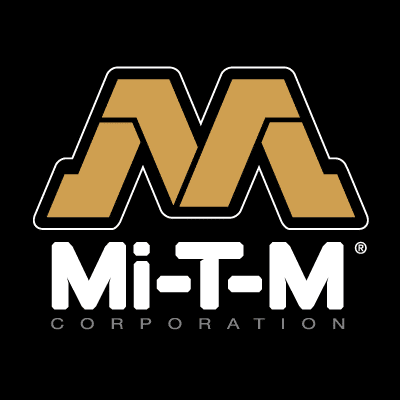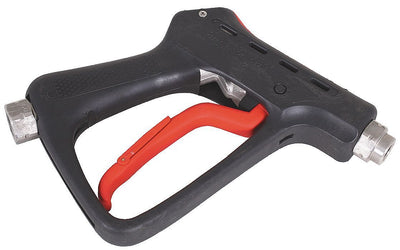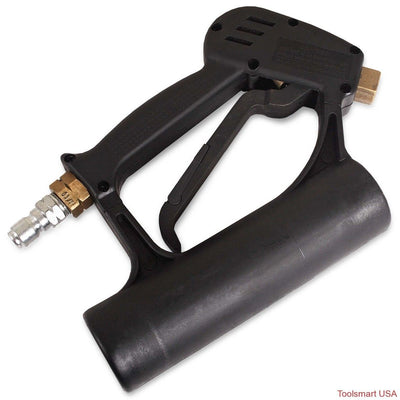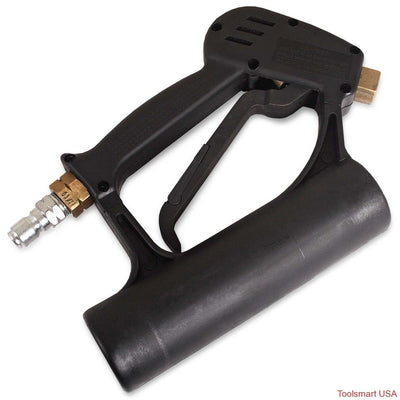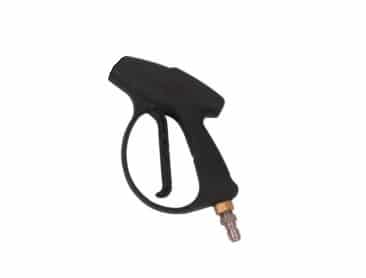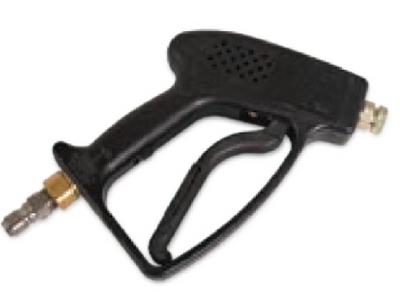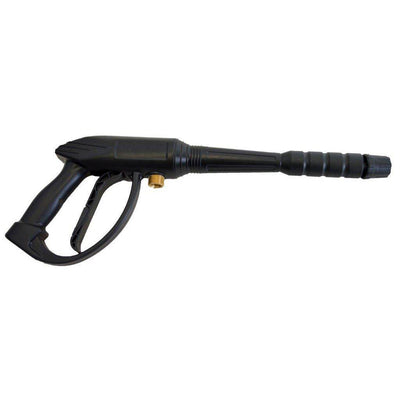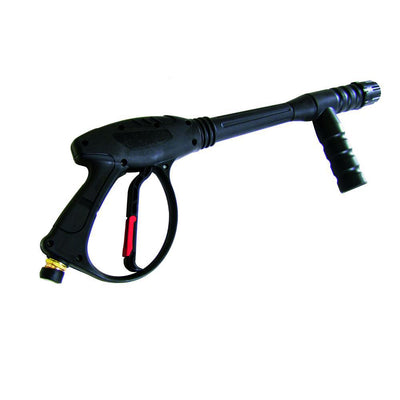EPA Compliant Spray Guns- What You Should Know
Spray Guns and EPA Compliance – Why it matters
If you are a manufacturer considering implementing a painting process or increasing the amount of paint you do, there are a variety of things to consider. One key aspect is ensuring you meet guidelines specified by the Environmental Protection Agency in relation to the amount of hazardous air pollutants you generate each year from operations. The rules pertinent to hazardous air pollutants are specified on a state and national level. Depending on your state you can often be required to obtain a permit that specifies the amount of your hazardous air pollutants and their source. Depending on the level of emissions you could be required to show plans on how you are controlling or reducing your emissions. If you have a paint process in your manufacturing process and reducing or eliminating your hazardous pollutants is important, then one key area you may need to consider is the spray equipment, paint you are using, and the collection method you are using for over spray.
What You Should Know About EPA Compliance
The level of Volatile Organic Compounds (VOCS) in your paint along with the paint equipment you are using will be the two primary determinants of the hazardous air pollutants you generate in your painting process. The EPA will look at your coatings first and your equipment second though both are critical to reducing your Hazardous Air Pollutants (HAPS). The standards for HAPs will have both general guidelines and industry specific guidelines. There are a multitude of resources to determine the rules pertinent for your industry. A good point of contact is your state EPA office as their will be state wide and nationwide rules to comply with. You can also find a listing of industry specific national regulations by visiting the EPA’s resource here. By checking with these sources you should be able to get the help you need to determine what permits may be required as well as if there are steps you need to take to reduce your emissions.
How Can My Paint Contribute to My Hazardous Air Pollutant Levels
In short, the higher the VOC content of your coating the higher the level of air pollutants you will generate. When it comes to coating types, as a general rule coatings that are solvent based will have higher VOC contents than an equivalent water borne coating. Additional variables that increase the likely VOC’s being emitted include the make up of the coating. Simply put, if you can switch from solvent based to water based coating you will almost always have a reduced level of volatile organic compounds released and in turn a reduced amount of hazardous air pollutants generated. However, there are times when a solvent based coating is needed as they can tend to provide a finish that will last longer. Additionally, certain industries will require the use of a low or NO VOC coating which is why you should check with your industry specific regulations to know what type of coatings are permitted, or if you are running into issues with excessive emissions due to a high volume of production it can often help to evaluate a lower VOC coating.
How Can my Spray Gun and Paint Equipment Contribute to my Air Pollutant Levels
In addition to the coating your using, the way you apply the coating will impact the amount of hazardous air pollutants you generate. Different types of spray equipment have different degrees of transfer efficiency. Transfer Efficiency is a term that describes the amount of paint or coating that is applied to your product surface vs the amount of paint or coating that bounces or misses your product and is exhausted into your atmosphere. For a general overview of how transfer efficient various categories of spray equipment is you can review this article here. While the transfer efficiency shown in the article may be less than you will achieve in reality because of your product shape and other variables, the EPA will use the manufacturers stated transfer efficiency of equipment to determine the amount of VOC’s you are producing. In certain cases, a spray gun must be deemed HVLP compliant which will require a certificate certifying the gun’s approval from the EPA. If you want to use a spray gun that is non HVLP but has a similar transfer efficiency you can request approval of your specific equipment by the EPA.
What Do Spray Booth Filters Do for EPA Compliance?
Ultimately your spray booth filters will not reduce your overall emissions of Volatile Organic Compounds. However, the EPA does have requirements related to paint booth filters efficiency unless you meet certain exceptions which are listed in EPA 40 CFR Part 63. Otherwise, you are required to have a filter that is demonstrated by the manufacturer to be 98% efficient at collecting overspray.
Conclusion
The spray gun you use and the coating you spray will be the two primary factors in the emissions you produce in your painting work. The EPA has national rules and state level workers to help identify pertinent regulations relevant to your manufacturing. Each industry has different requirements related to the acceptable VOC content of your coating and other requirements. By choosing a coating with the lowest VOC’s and a spray gun with the highest transfer efficiency you can help reduce the emissions you produce.

